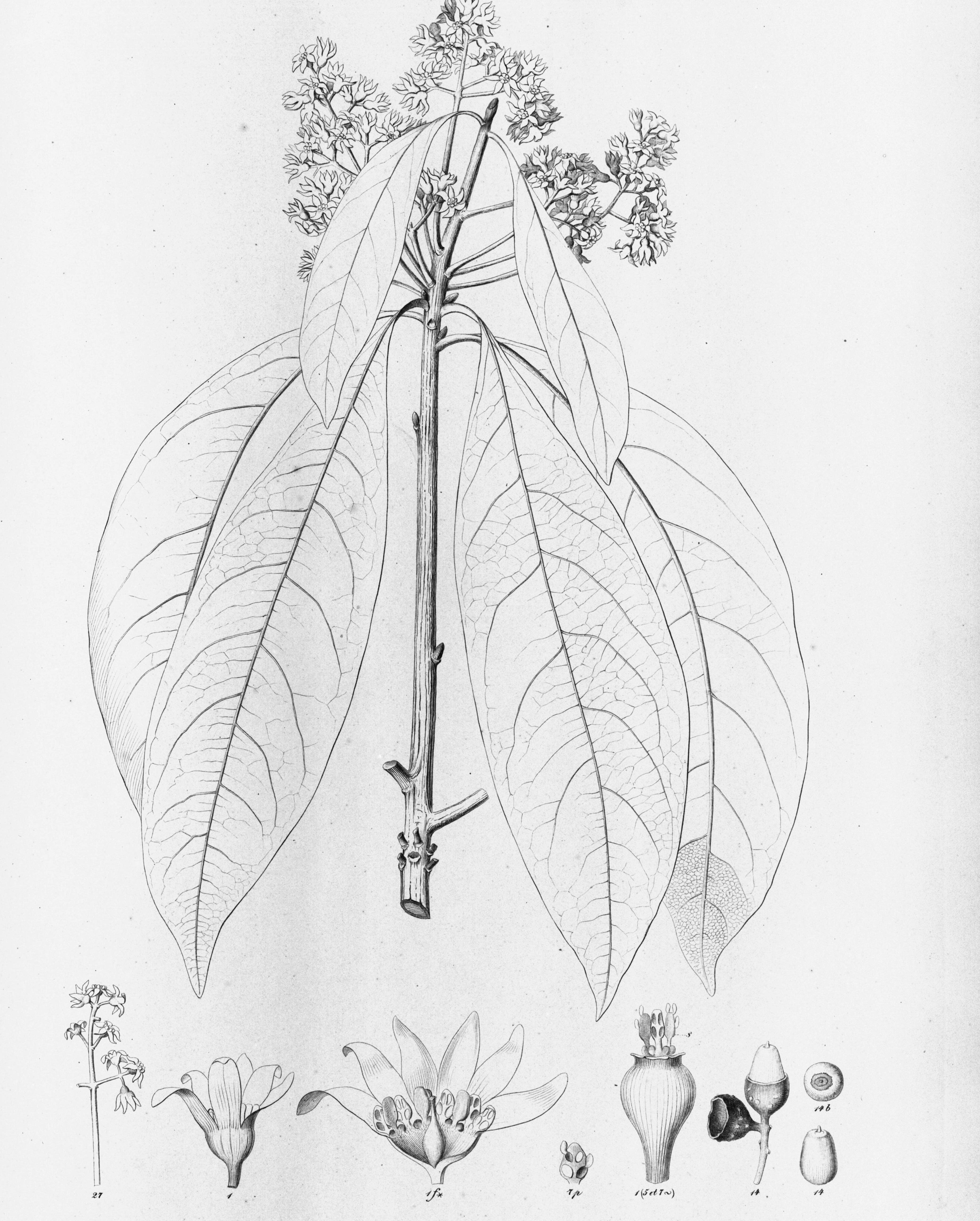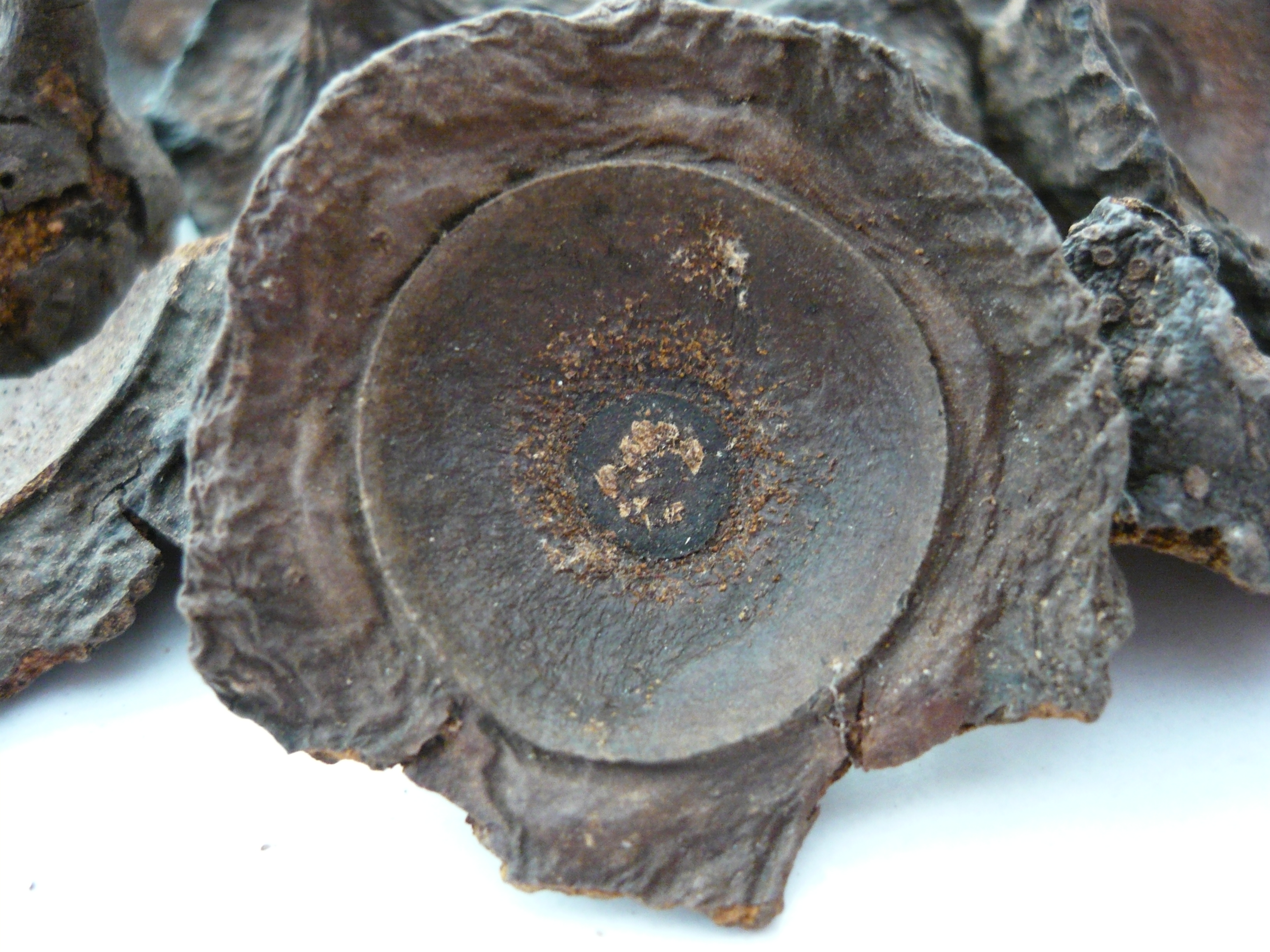Virtually unknown outside its native Amazon rainforest home, ishpingo (or American Cinnamon) has a deep, earthy, fruity flavor that adds a surprising and hard-to-place dimension to both sweet and savory dishes. Once a promising spice that moved the dreams of adventurers, isphingo deserves to be rediscovered and better known.
by Anne Grigg
When Columbus braved what many thought was a trip to the end of the world, his main goal – and that of his investors – was not discovery for discovery’s sake, but rather for a short cut to tap the wealth of the Asian spice trade. When Gonzalo Pizarro and Francisco de Orellana launched their mission for El Dorado from Quito, Ecuador’s capital, (discovering the Amazon River in the process), they chose their route based on intelligence from the captive Inca Emperor Atahualpa, telling them that cinnamon could be found in the lowlands to the east. To these explorers, searching for El Dorado also meant heading towards the equally legendary, if less fictitious, “Land of Cinnamon.” As it turns out, they found it – in its South American form – and it remains a hidden treasure in the forests of eastern Ecuador.

What the Spanish found in their quest for cinnamon and gold was Ishpingo, Ocotea quixos, a tree native to the Ecuadorian Amazon that had been prized by local populations long before the Spanish dreamt of exporting it to season the dishes of their social elite. When dried, the ishpingo flower becomes solid and aromatic, smelling similar to cinnamon. The Quijos and other native peoples valued, and still value, it for its medicinal and culinary properties, using it to treat stomach aches and flesh wounds, as well as to season their chicha (a fermented corn drink, traditionally including the brewmaster´s saliva). These prized seasoning and curative abilities led the Quijos to bestow spiritual importance to the flower, and it was often used in religious ceremonies, as well as for barter with highland tribes.
With time, the Spanish lost interest in exporting ishpingo, as it proved to be neither of the Asian (Cassia or Ceylon) cinnamons that it resembled, nor was it easy to export or cultivate far from its tropical home. In fact, ishpingo remains a bit of a mystery in terms of cultivation, as it is mostly wild harvested in Ecuador. However, it continues to be an essential part of local culture. Every November 2nd, the Ecuadorian “Día de los Difuntos” is celebrated by families visiting the graves of their loved ones, and by drinking the celebratory “colada morada.” This thick fruit drink, dark purple from blueberries, blackberries, and purple corn flour, is shared throughout the week, along with “guaguas de pan,” small breads in the shape of a child. Whether in the Amazon or the highlands, this drink, and the holiday itself, is not the real deal without the added kick provided by ishpingo.

Ishpingo´s importance is easy to see when walking through the markets or grain stores tucked away in Quito. It’s easy to find, normally displayed somewhere between the beans and the cloves. You rarely find it ground here, or any form other than whole, leading to the comical image of sacks brimming with small, woody, hat-shaped items. Waiting to be plopped into boiling water along with cloves and orange peels to give the colada morada its unique, ancestral flavor, it seems neglected throughout the rest of the year. The peppers, asian cinnamons, and other dried spices are available ground and in portion-size packets if you’d like, ready to be thrown into your saucepan or tea infuser, but everyone skips over the gawky “sombreritos.”
Some chocolatiers have taken advantage of this unique Amazonian flavor, along with the region’s world-class cocoa, to add an unparalleled twist to their chocolate; but ishpingo´s original, everyday usages have yet to catch on. One exception is Fundación Chankuap, which works with indigenous communities in the Ecuadorian Amazon. While the Spanish only valued ishpingo’s aromatic properties and abandoned it when unable to extract it from the Amazon, Chankuap utilizes ishpingo’s traditional curative properties, while supporting its sustainable cultivation by the Amazonian communities that have always prized it.
Fundación Chankuap distills the essential oils from Ocotea quixos leaves (referred to as “ishpink” on their site), using it for their natural cosmetics line, Ikiam. They have also supported recent studies on ishpingo’s medicinal uses, confirming its antibacterial and antifungal properties against some of the microbes that cause stomach upset, cavities, and acne. Separate studies have also confirmed its anti-clotting abilities, all of which mean that it could play an increasingly important role in natural and organic medicine. By promoting ishpingo’s sustainable use in products such as soaps, Fundación Chankuap not only broadens its commercial uses, but also supports the vision that drives all of their initiatives: that “people from the jungle live from the jungle, without destroying the jungle.”

Those from Chankuap see ishpingo as a promising way to support the Amazon and its cultures. It can be found in most tropical areas, and thus has the potential to offer many communities agricultural stability and an alternative to deforestation. Their management plan includes cutting branches, not trees, in order to use both the healing leaves and the tasty flowers. The Ocotea quixos is then ready to offer more of its bounty in a year. They say that this type of production could sustainably serve a greater market, as long as the proper controls are put in place and there is a significant demand of supportive consumers.
While the conquistadors may have opted out of ishpingo as the new cinnamon, this underappreciated flower offers a sustainable way to spice up conservation in the Amazon, and to add some pep to your morning beauty regimen or cup of tea in the process.
A significant demand by supportive consumers- when sustainably met using proper wild-harvest techniques like those used by Chankuap- could preserve both the species and the rain forest that hosts it. However, serving as a metaphor for its Amazonian home, ishpingo (as the Spanish found) is not easily tamed to mankind’s demands, easily putting it in risk of extinction. According to ethnobotanist Montserrat Rios, Ishpingo only offers its fruitful yield of flowers after 20 years of growth, and then only flowering every two years. Although this characteristic emphasizes the tree´s potential to preserve Amazonian old-growth forests, it -along with potentially low pollination success due to separate male and female trees- only reiterates Paúl Arévalo´s warning on the need for proper control. As Montserrat explains, while this species could be a key player in Amazonian conservation, its own conservation must be safeguarded, and “all the precautions in the world are necessary to keep this Amazonian treasure from slipping onto the endangered list.”
So, while the conquistadors may have opted out of ishpingo as the new cinnamon, modern scientists and foodies alike can welcome the challenge and the unique opportunity presented by this underappreciated flower. What the Spanish missed is that real El Dorado offers a sustainable way to spice up conservation in the Amazon, and to add some pep to your morning beauty regimen or cup of tea in the process.
Add some Amazonian aroma to your next chicken dinner courtesy of this recipe from the Canopy Bridge team
Ishpingo Chicken
Ingredients (Serves 3)
- ½ chicken
- 2 onions (chopped)
- 2 carrots (chopped into thin strips)
- 1-2 turnips (sliced)
- 4 ishpingo flowers (“little hats”)
- Oil
- Salt, sugar, hot sauce, to taste
Preparation:
Cut the chicken into pieces and cook in a frying pan until golden, then add the onion and turnip.
Add a cup of water, and salt/sugar to taste to the pan, along with the ishpingo. Let cook for 30 to 40 minutes, adding a splash of hot sauce while it boils.
When the chicken is cooked through, place the carrots on top without mixing, and cook for another 5 minutes.
Serve with your choice of noodles.
Explore other sustainable flavors and producers like Fundación Chankuap.
Recommended readings:
Chankuap Foundation: A Cosmetics Factory In The Amazon Forest
Sustainability innovation in all Latin America: Our contest winners




Saludos cordiales le escribo con el afán de ofrecer aceites esenciales 100% puros que producimos en la amazonia ecuatoriana mediante el método de arrastre de vapor, Aceites esenciales 100% PUROS DE HIERBA LUISA (LEMONGRASS), CANELA (OCOTEA), JENGIBRE, CÚRCUMA, UNGURAHUA (PARA EL CABELLO), COPAL (INCIENSO NATURAL), dichos aceites sirven para la elaboración de varios productos para aromaterapia, cocina, perfumería y cosmetología se refiere. Somos una empresa familiar que distribuye a nivel nacional aceites esenciales puros y naturales como materia prima de plantas que se reproducen en la amazonia ecuatoriana.
Enviamos muestras de los aceites para la verificación de la calidad sin compromiso.
NOTA: Los aceites esenciales no se deben utilizar directamente en la piel, pueden causar irritación.
Además contamos con Productos Deshidratados y Hierbas Medicinales como:
Guayusa seca (hoja entera, triturada y en polvo)
Flor de Jamaica Deshidratada
Flor de Jamaica fresca
Canela en Rama
Ishpingo (Flor de la Canela)
Moringa Seca (Hoja entera, triturada o en Polvo)
Stevia (hoja entera deshidratada)
Cúrcuma (fresca)
Cúrcuma (en Polvo)
Jengibre (fresco)
Jengibre (en Polvo)
Chuchuguazo (seco)
Pitahaya Amarilla (fresca)
Sangre de Drago (litros)
Uña de Gato (seco)
Resina de copal (seco)
Achiote en pepa (seco)
Somos CAGUACO – ECUADOR
Contactos WhatsApp 0969222101 Email: nicks2001@hotmail.com